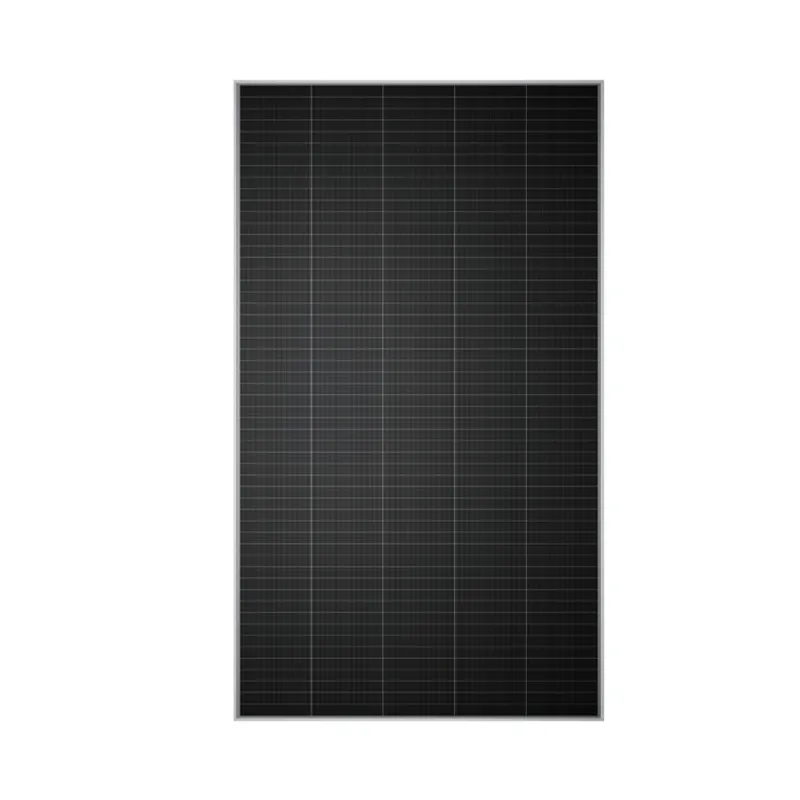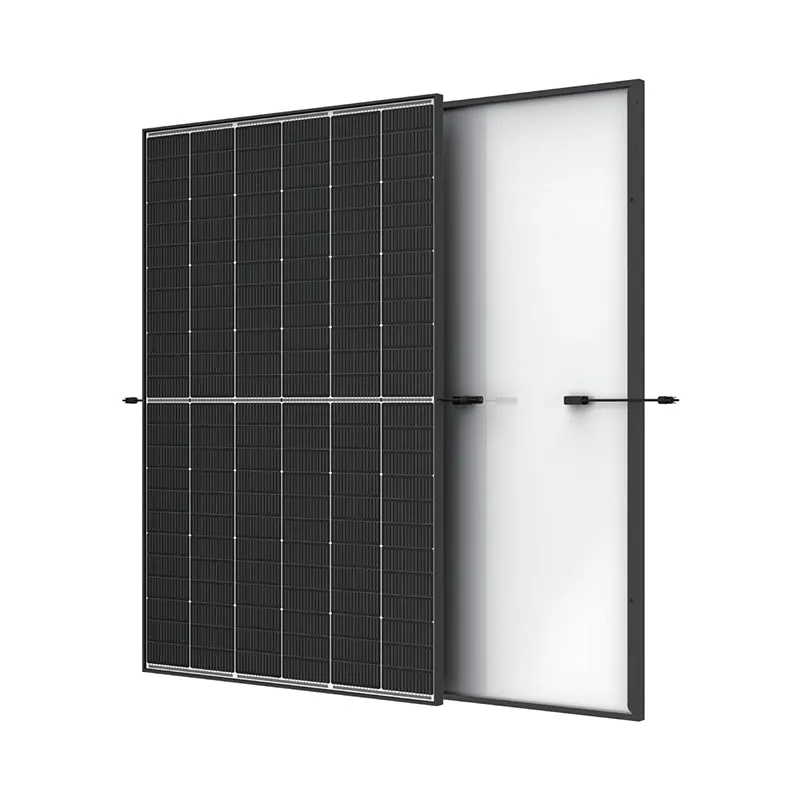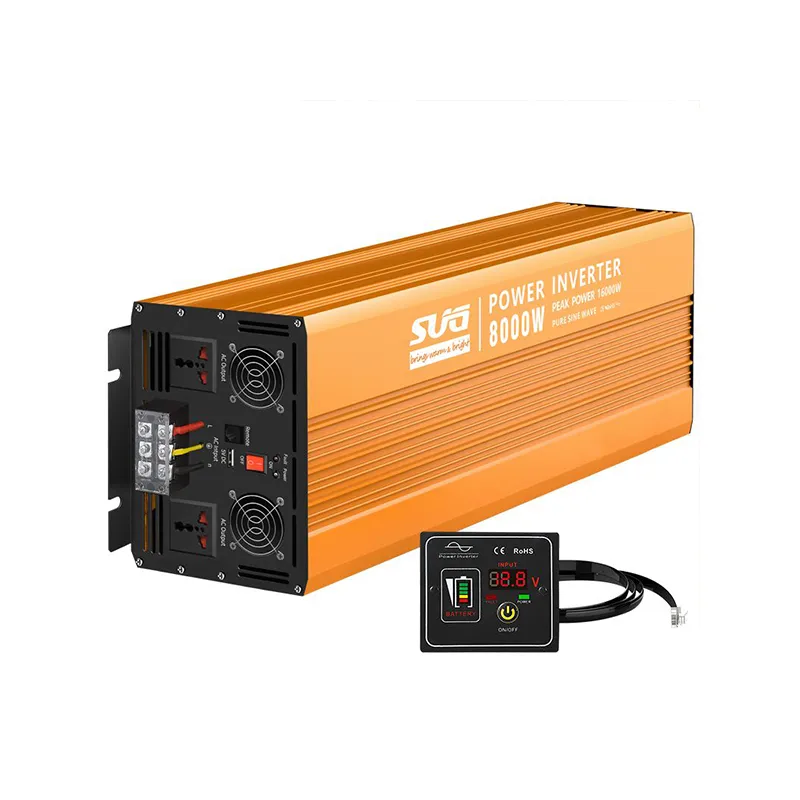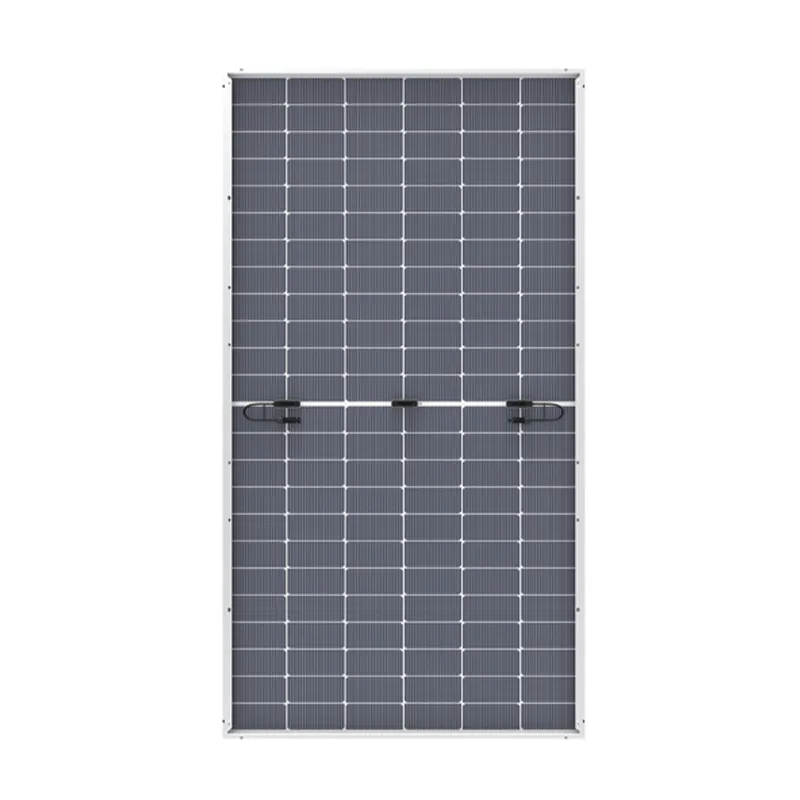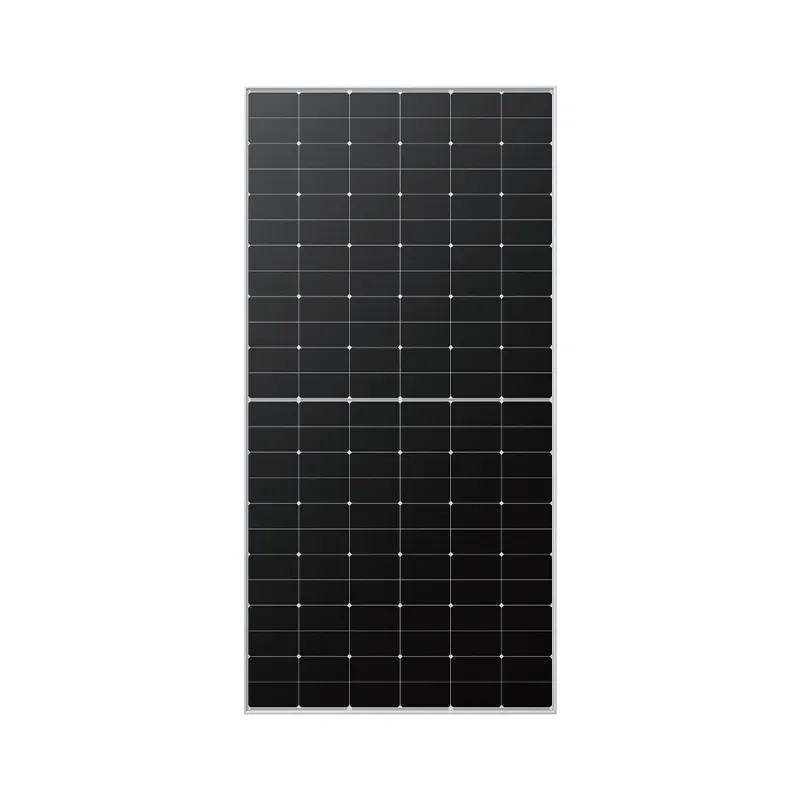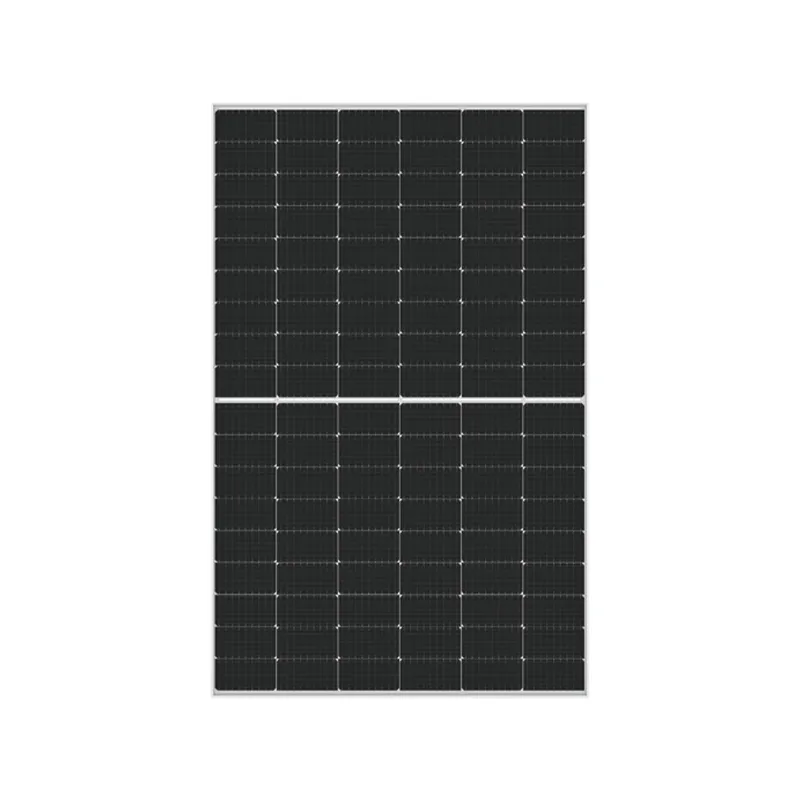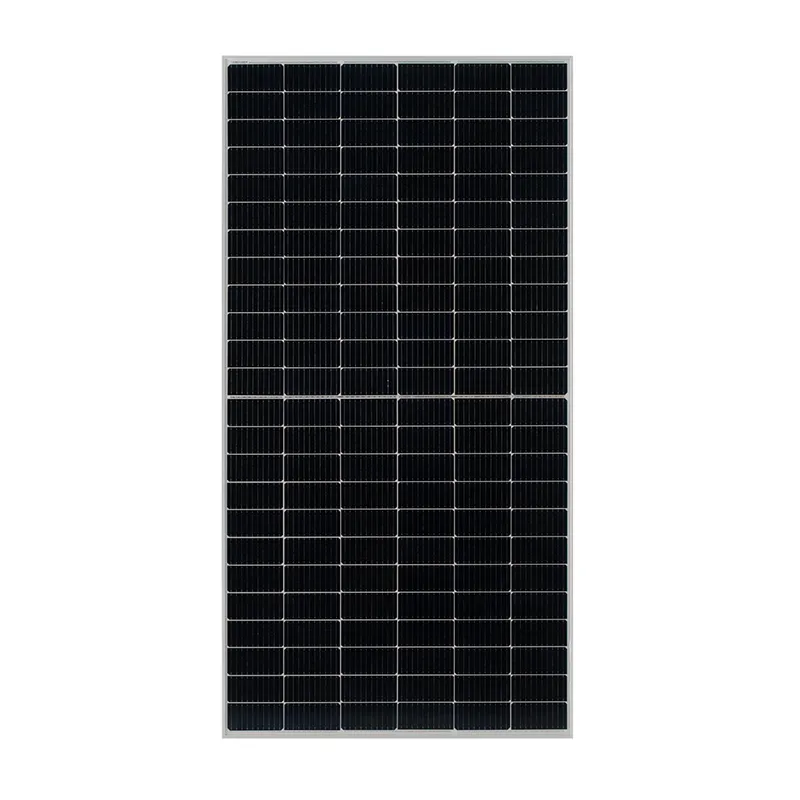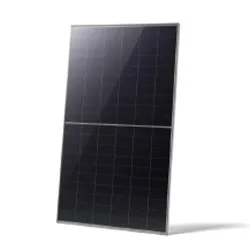High Performance Solar Panels for Maximum Efficiency in All Seasons Performance Solar Panels Solution
- Introduction to Performance Solar Panels and Energy Trends
- Technical Innovations Driving High Output
- Manufacturer Comparison: Efficiency and Reliability
- Custom Solutions for Diverse Needs
- Winter Performance: Overcoming Seasonal Constraints
- Real-World Use Cases and Case Studies
- Conclusion: The Future of Performance Solar Panels
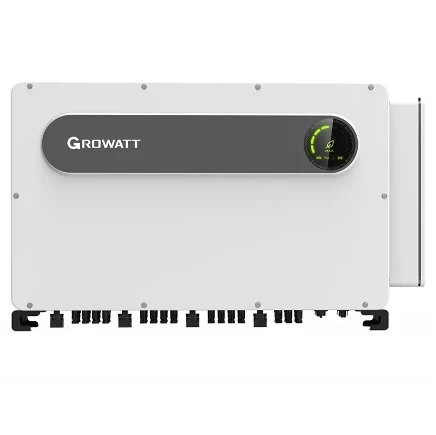
(performance solar panels)
Performance Solar Panels and Modern Solar Energy: An Evolving Landscape
Solar technology is rapidly transforming global energy solutions, with performance solar panels
playing a central role. As fossil fuel reliance diminishes, solar adoption surges—according to the International Energy Agency, solar capacity worldwide is projected to reach 4,500 GW by 2030, representing an impressive average annual growth rate of over 22%. Driving this momentum is the need for higher conversion efficiency, lower levelized costs, and robust performance even in challenging climates. Homeowners, businesses, and industrial actors are advancing their sustainability strategies, making a critical assessment of panel efficiency and reliability more important than ever. As we delve deeper, it’s essential to analyze the technical, comparative, and practical aspects defining modern high-performance modules.
Technical Innovations Fueling High Performance
The efficiency of high performance solar panels hinges on progressive materials science and innovative cell architectures. Over the past decade, average commercial module efficiencies have risen from around 16% up to 22% or higher. Two principal technologies stand out:
PERC (Passivated Emitter Rear Cell): Improves internal light capture, minimizing energy loss at the rear.
- Enables module efficiencies of 20–22%.
- Excellent temperature coefficient for better hot weather performance.
- Laboratory records above 24% efficiency.
- Low degradation, ensuring minimal loss over a 25–30 year span.
Manufacturer Comparison: Efficiency, Warranties, and Reliability
Selecting the optimal solar solution requires benchmarking leading manufacturers. Below is a comparative table that highlights efficiency, degradation rate, warranty, and overall performance for top market contenders. Source data reflects 2023-2024 residential and commercial product lines.
| Manufacturer | Module Model | Efficiency (%) | Degradation (Year 1 / Annual) | Product Warranty (years) | Performance Warranty (years) | Additional Features |
|---|---|---|---|---|---|---|
| SunPower | Maxeon 6 | 22.8 | 1.0% / 0.25% | 40 | 40 | Back-contact cells, highest conversion |
| REC | Alpha Pure-R | 22.3 | 1.0% / 0.25% | 25 | 25 | Advanced HJT cell; low carbon footprint |
| Qcells | Q.Peak Duo ML-G10+ | 21.6 | 2.0% / 0.5% | 25 | 25 | Anti LID/LeTID technology |
| LONGi | Hi-MO 5 | 21.4 | 2.0% / 0.45% | 12 | 25 | Bifacial option, PERC cells |
| Canadian Solar | HiKu7 | 21.6 | 2.0% / 0.45% | 12 | 25 | Split cell, high snow load rating |
| Jinko Solar | Tiger Neo N-Type | 22.0 | 1.0% / 0.4% | 25 | 30 | TOPCon, enhanced PID resistance |
From the data, SunPower’s Maxeon 6 leads with the highest efficiency and extraordinary longevity (up to 40 years warranty), while Jinko’s Tiger Neo N-Type leverages TOPCon technology for robust year-long output. Product selection should take into account environmental conditions, budget, and energy targets.
Custom Solutions: Tailoring Solar Panels for Varied Applications
One size does not fit all in solar adoption. Commercial rooftops, residential homes, agricultural facilities, and utility-scale solar farms all have unique installation environments and load requirements. Modern performance solar solutions can be custom-configured across several dimensions:
- Panel Sizing & Layout: Maximizes coverage for the available roof or land area, optimizing string design for inverter compatibility.
- Output Optimization: Module-level power electronics manage partial shading or east-west tilt variations, ensuring consistent array yield.
- Temperature & Wind Load Rating: Panels can be constructed to endure local wind patterns, uplift forces, and low-temperature fragility.
- Color & Aesthetics: Integrated black-frame modules or all-black cell layouts serve residential demands for discreet, visually appealing installations.
Solar Panels Winter Performance: Efficiency in Cold Climates
The notion that solar panels underperform in winter is not entirely accurate. In fact, photovoltaic (PV) cells become more efficient in low temperatures, but panel output depends primarily on available sunlight rather than ambient warmth. According to the National Renewable Energy Laboratory (NREL), every 1°C drop below 25°C boosts panel efficiency by approximately 0.45%. Snow, while temporarily obstructing sunlight, can reflect additional radiation, increasing rear-side gain in bifacial modules.
Winter performance strategies include:
- High wind/snow load frame certification for mountain or northern installations.
- Steeper tilt angles that promote ice and snow sliding off panels.
- Self-cleaning and hydrophobic glass coatings reducing accumulation.
Deployment in the Real World: Case Studies and Results
The true value of advanced solar modules surfaces in real-world scenarios. A cross-section of global installations yields compelling data:
- Commercial Rooftop – Germany, 2023: A logistics company deployed 800kW of bifacial PERC panels on a 6,000 m2 array, reporting an annualized capacity factor of 19.5%. Energy bills decreased by 67% year-on-year.
- Residential Suburban – San Francisco Bay Area, USA: Homeowners with Maxeon 6 modules and SolarEdge inverters consistently yield 8,950 kWh/year from a 7kW system, offsetting 98% of annual electricity consumption despite seasonal fog.
- Agricultural – Alberta, Canada: Using elevated split-cell modules rated for -40°C and high snow, a dairy farm realized 15% higher winter yields due to snow-reflected light and bifacial technology.
- Utility Scale – Gujarat, India: A 200MW project using N-type TOPCon panels achieved a measured performance ratio of 83%, about 4% above comparable PERC modules, which directly supports grid stability during critical summer peaks.
The Future of Performance Solar Panels: Innovation and Impact
Looking ahead, the trajectory of performance solar panels is poised for further disruption. Global R&D is pushing toward commercialized perovskite tandem cells, with laboratory-proven module efficiencies exceeding 29%. Automated manufacturing and AI-driven predictive diagnostics will further decrease balance-of-system costs and maximize real-world uptime.
As grid operators prioritize decentralized and resilient green energy, high performance solar panels will remain the backbone of energy transformation, delivering robust returns to both residential and industrial stakeholders, regardless of climate or application. Continual innovation, data-driven custom integration, and rigorous manufacturer standards ensure that today’s solar investments yield clean power and favorable economics for decades to come.
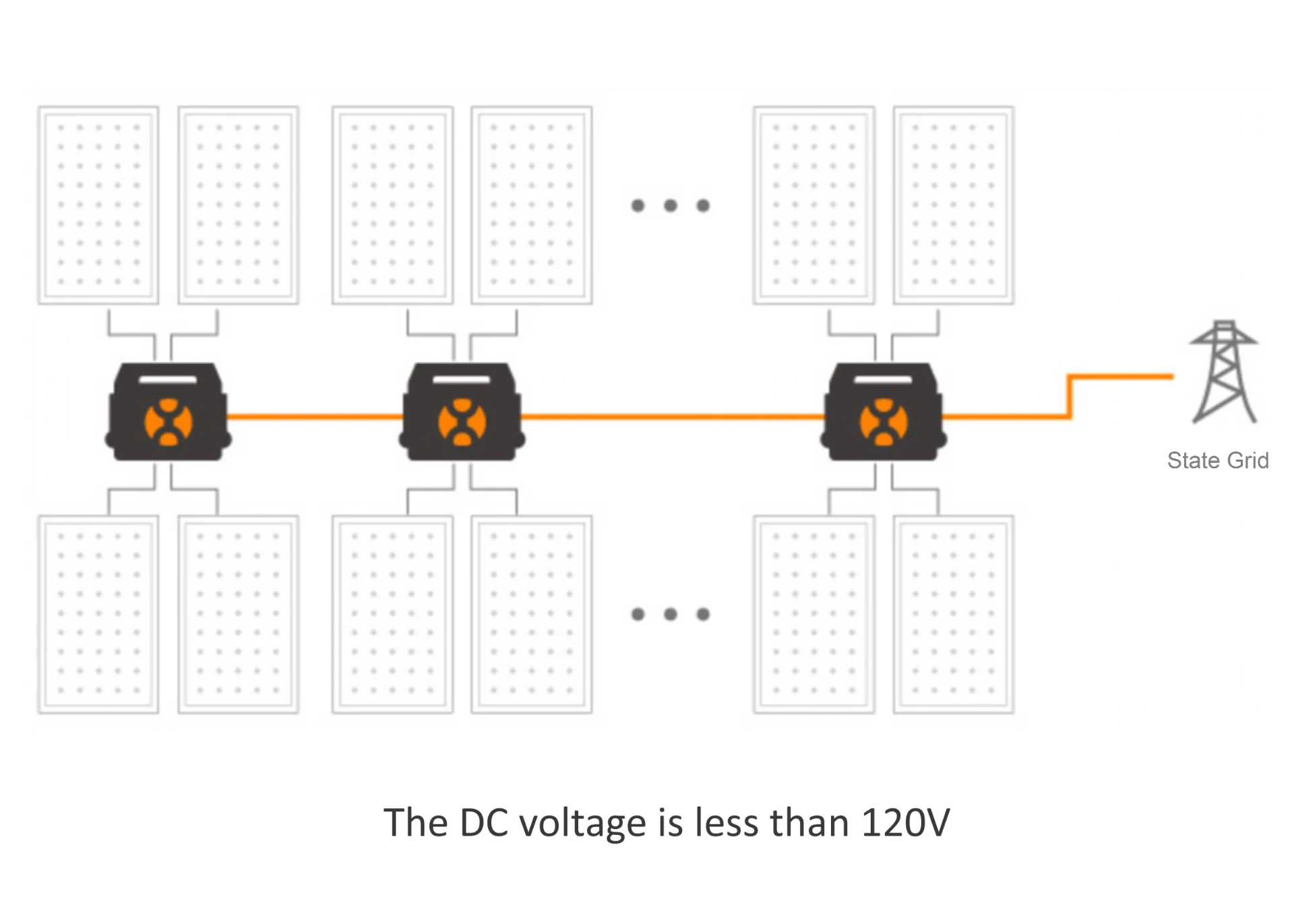
(performance solar panels)
FAQS on performance solar panels
Q: What are performance solar panels?
A: Performance solar panels are advanced photovoltaic panels designed to provide higher efficiency and output compared to standard models. They use improved materials and technology. These panels are ideal for maximizing energy production.Q: How do high performance solar panels differ from regular ones?
A: High performance solar panels deliver greater energy conversion rates and can generate more electricity in the same space. They often have superior technology or enhanced materials. This makes them suitable for locations with limited roof area.Q: Do performance solar panels work well in winter?
A: Yes, performance solar panels can work efficiently during winter, even in colder climates. They are designed to capture available sunlight under various weather conditions. Snow may temporarily cover panels, but efficiency returns once they are clear.Q: Can I use high performance solar panels in low light conditions?
A: High performance solar panels often maintain better output compared to conventional panels in low light conditions. They are built to optimize energy capture from diffused or indirect sunlight. This makes them effective in cloudy or shaded areas.Q: Are performance solar panels worth the investment?
A: Performance solar panels typically offer higher efficiency and longer lifespans, leading to better long-term returns. While initial costs may be higher, energy savings can offset this over time. They are especially beneficial in areas where maximizing output is essential.-
Unlocking Energy Freedom with the Off Grid Solar InverterNewsJun.06,2025
-
Unlock More Solar Power with a High-Efficiency Bifacial Solar PanelNewsJun.06,2025
-
Power Your Future with High-Efficiency Monocrystalline Solar PanelsNewsJun.06,2025
-
Next-Gen Solar Power Starts with Micro Solar InvertersNewsJun.06,2025
-
Harnessing Peak Efficiency with the On Grid Solar InverterNewsJun.06,2025
-
Discover Unmatched Efficiency with the Latest String Solar InverterNewsJun.06,2025
